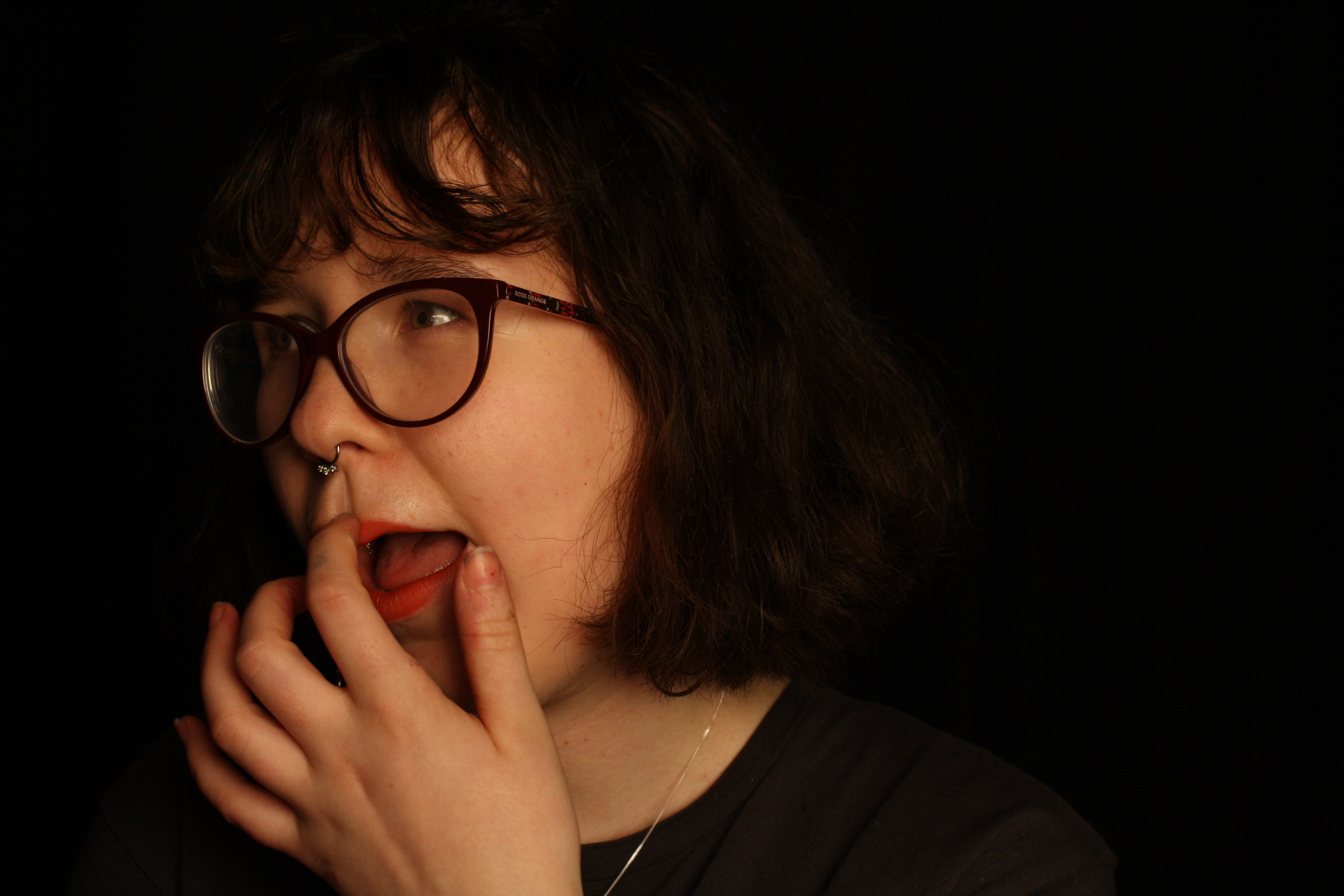Definition of Identity
Who a person is, or the qualities of a person or group that make them different from others.
Definition of Gender Identity- Wiki
Gender identity is the personal sense of one’s own gender. Gender identity can link to set gender at birth, or can be the complete opposite. All societies have a set of gender categories. In most societies, there is a basic division between gender attributes assigned to males and females, a gender binary to which most people adhere and which includes expectations of masculinity and femininity in all aspects of sex and gender. biological sex, gender identity, and gender expression. Some people do not identify with some, or all, of the aspects of gender assigned to their biological sex.

Definition of Social Identity- Wiki
Social identity is the portion of an individual’s self-concept derived from perceived membership in a relevant social group.

Definition of Political Identity- Wiki
Political positions based on the interests and perspectives of social groups with which people identify.

Definition of Cultural Identity- Wiki
Cultural identity is the identity or feeling of belonging to a group. It is part of a person’s self-conception and self-perception and is related to nationality, ethnicity, religion, social class, generation, locality or any kind of social group that has its own distinct culture.
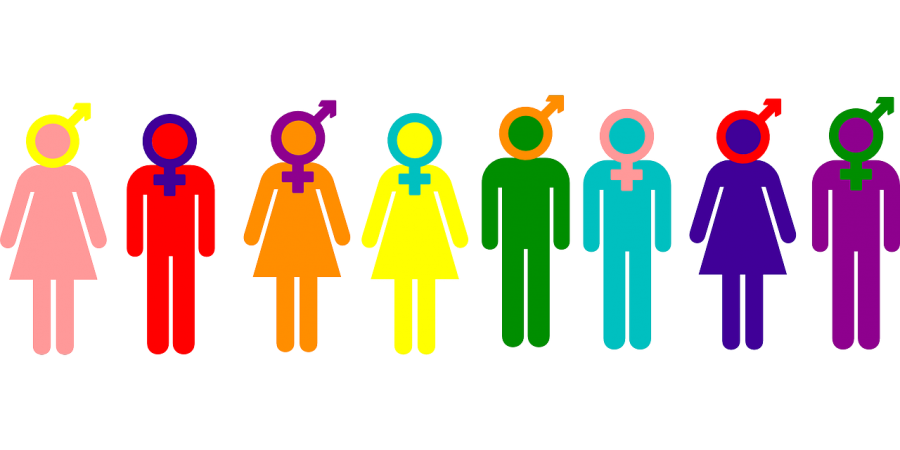
Definition of Geographical/ National Identity- Wiki
National identity is a person’s identity or sense of belonging to one state or to one nation. It is the sense of a nation as a cohesive whole, as represented by distinctive traditions, culture, language and politics.

Definition of Lack of /Loss of Identity
1. Personal psycho social conflict especially in adolescence that involves confusion about one’s social role and often a sense of loss of continuity to one’s personality
2. A state of confusion in an institution or organization regarding its nature or direction

Mood bored:

Lorna Simpson
Lorna Simpson born 13th August 1960 is an African-American photographer who came most popular around the 1980s and 1990s with artwork such as Guarded Conditions and Square Deal. Her work as been displayed in multiple exhibitions all around the world and is most famous for her photo text installations, photo collages and films. Simpson first came to prominence in the 1980s for her large-scale works that combined photography and text and defied traditional conceptions of sex, identity, race, culture, history, and memory. Lorna Simpson received her BFA in Photography from the school of visual arts in new York then followed by getting her MFA from the university of California. Lorna Simpson always looked into the idea of challenging the norm and what she believed that society expected. Going into depth about identity and exploring how people really feel about themselves and how one might want to portray themselves.
She started off taking photographs of things she saw around her- but soon realized that she wanted to focus more directly to explore the ideas and issues she felt strongly about. so she began to take carefully posed images in her studio. to really branch out she began looking into the idea of added words or other images alongside the photographs she could express even more powerfully feelings and was then able to leave her images up for interpretation.
Some of Lorna Simpson’s work:



Lorna Simpson
Five Day Forecast 1991


![]()














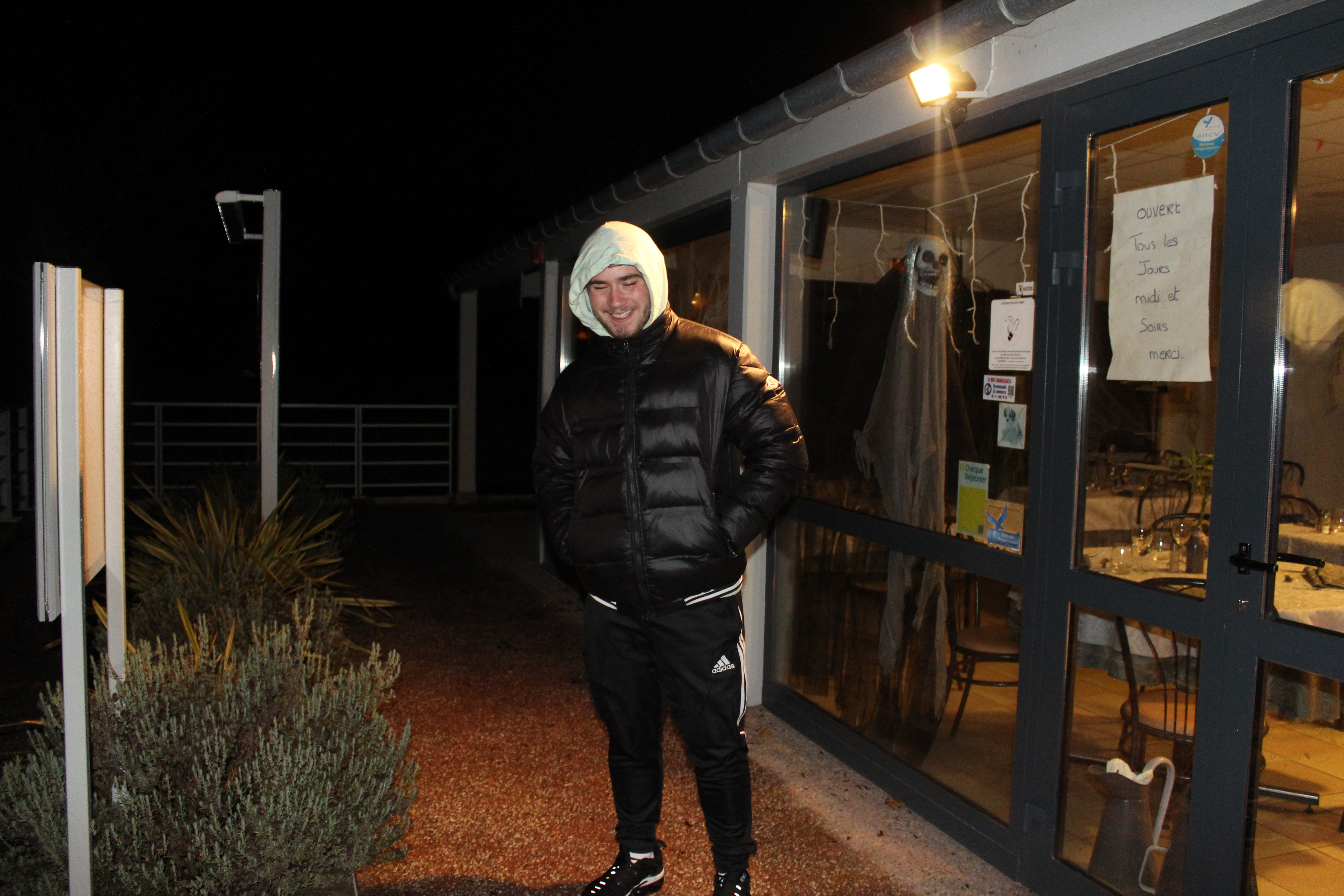
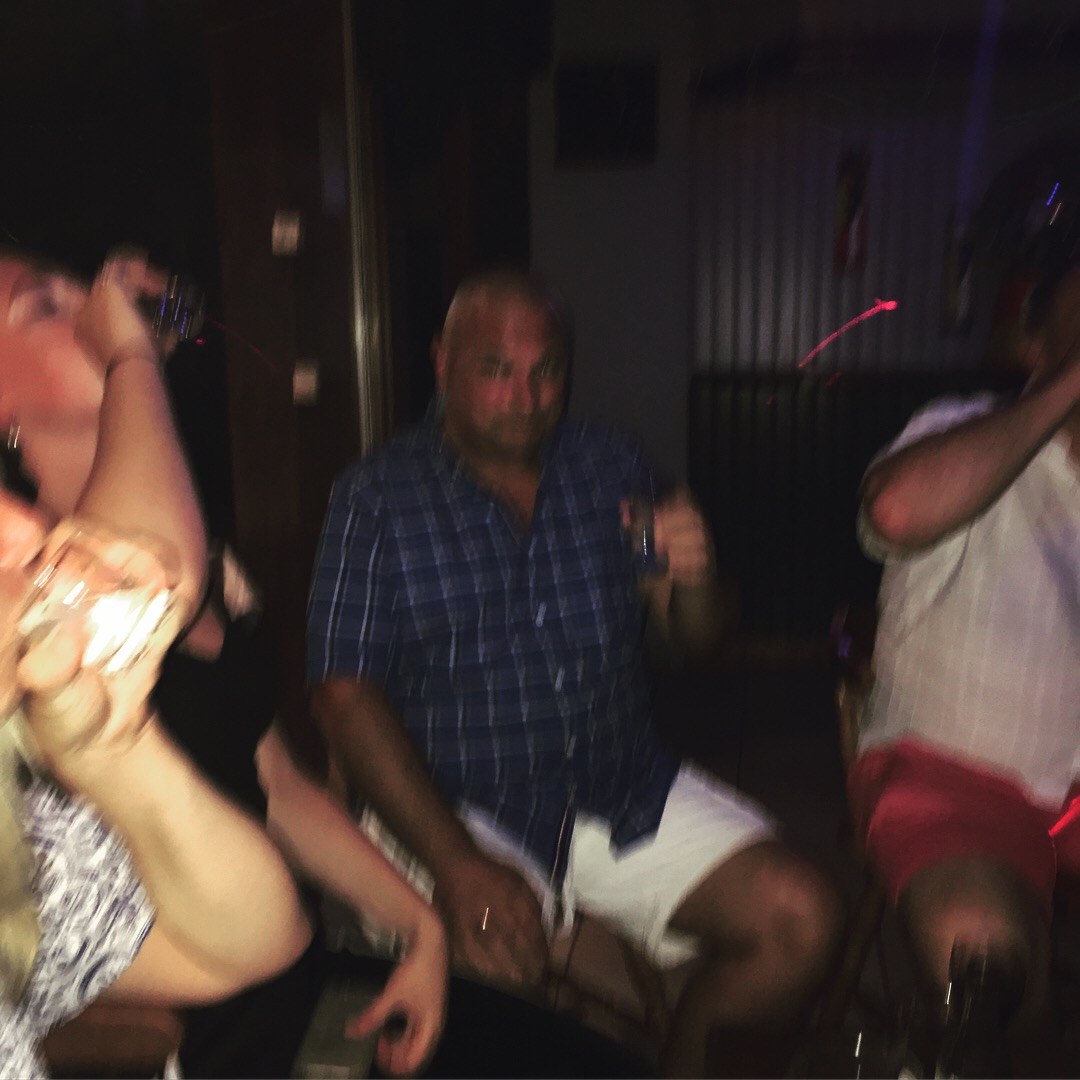





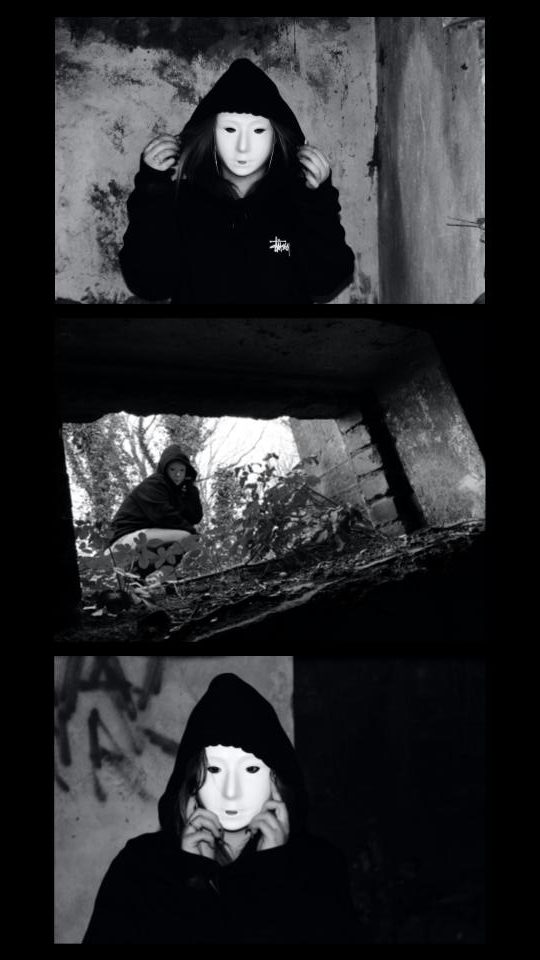







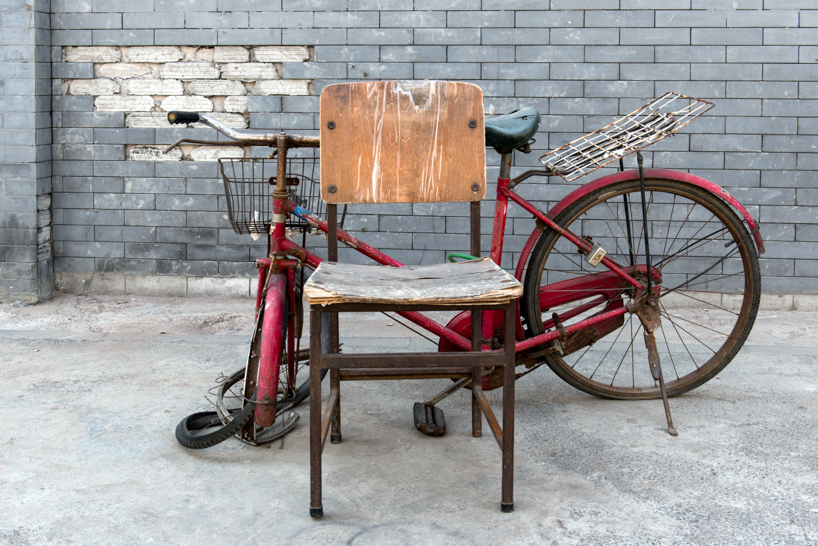
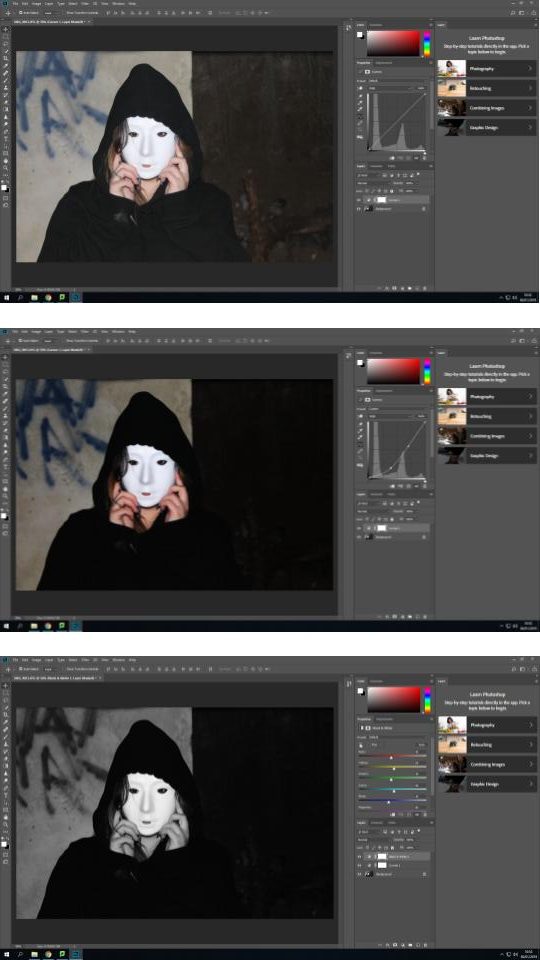

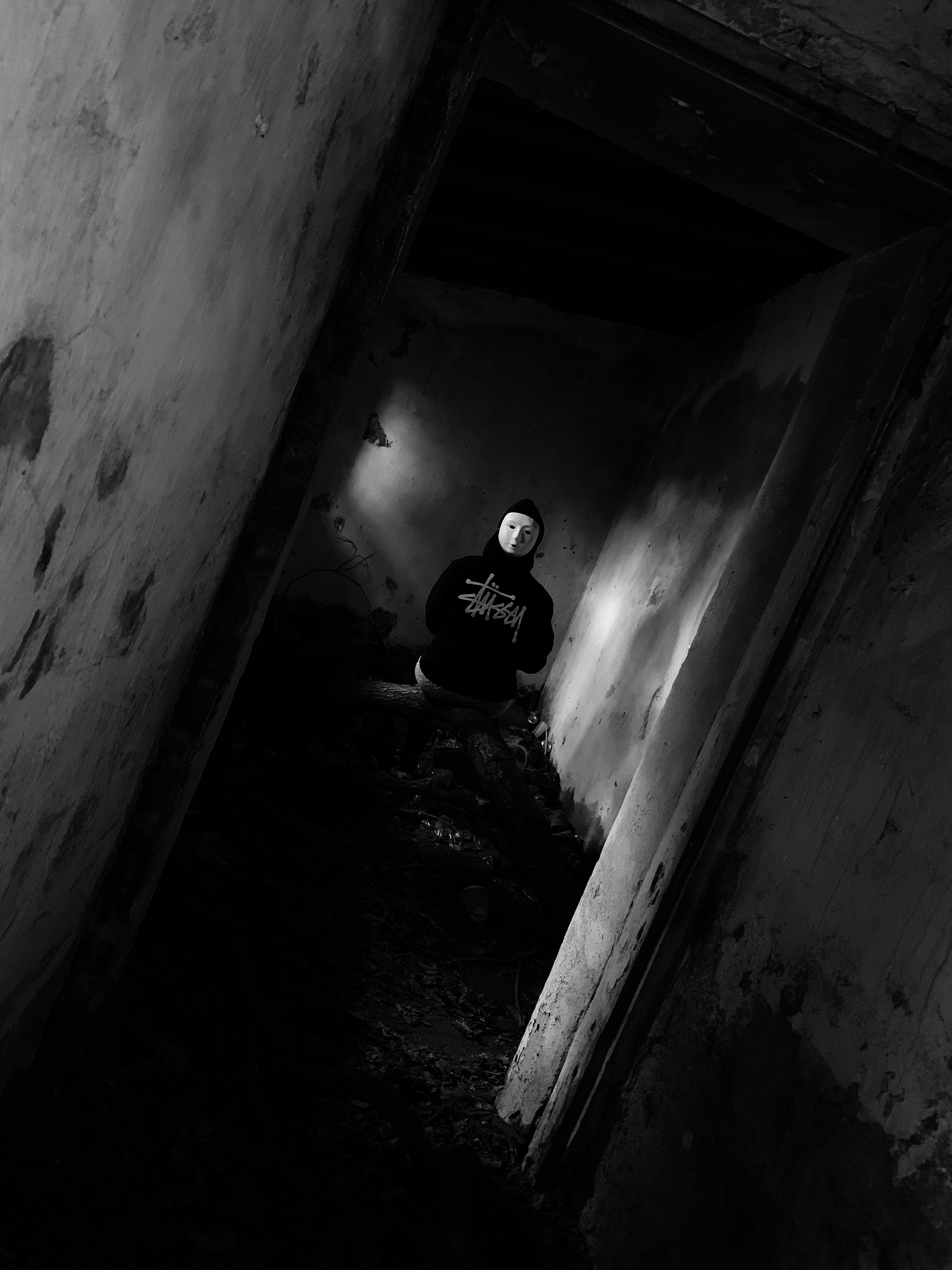
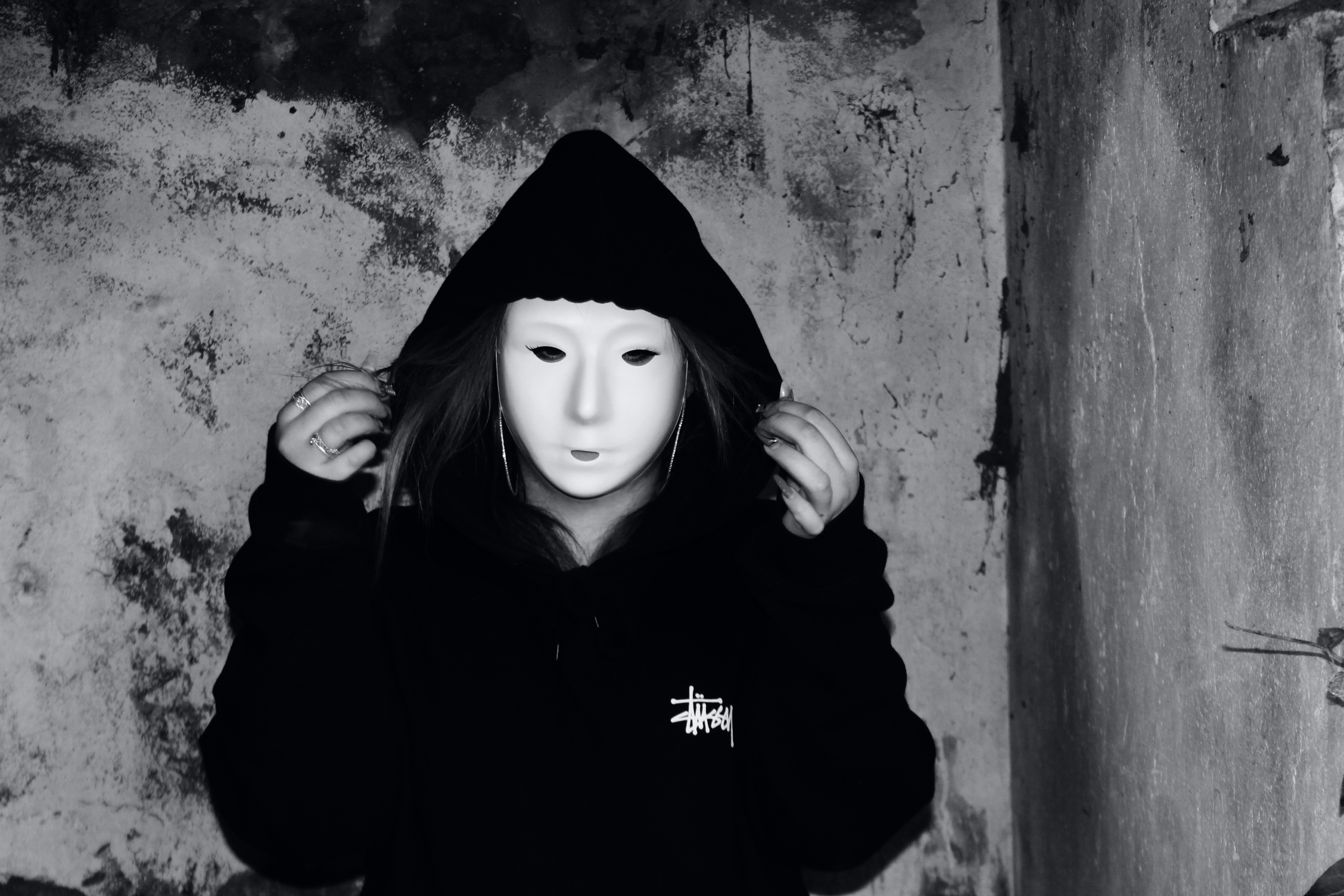
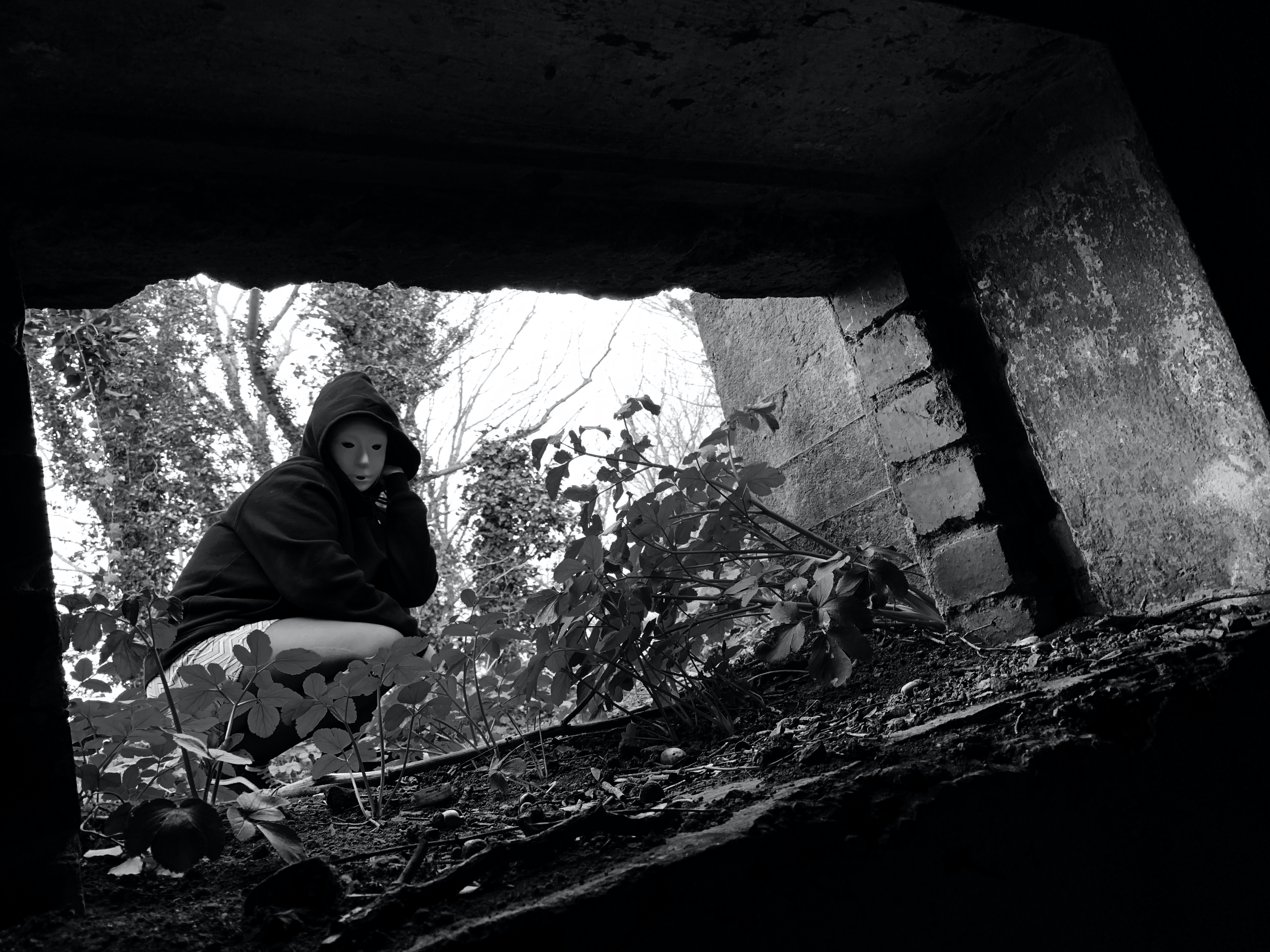


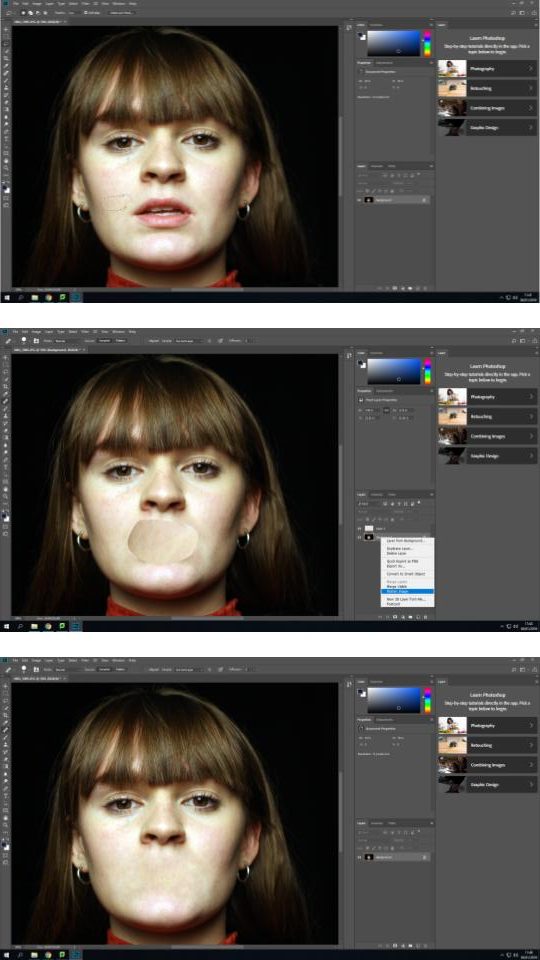
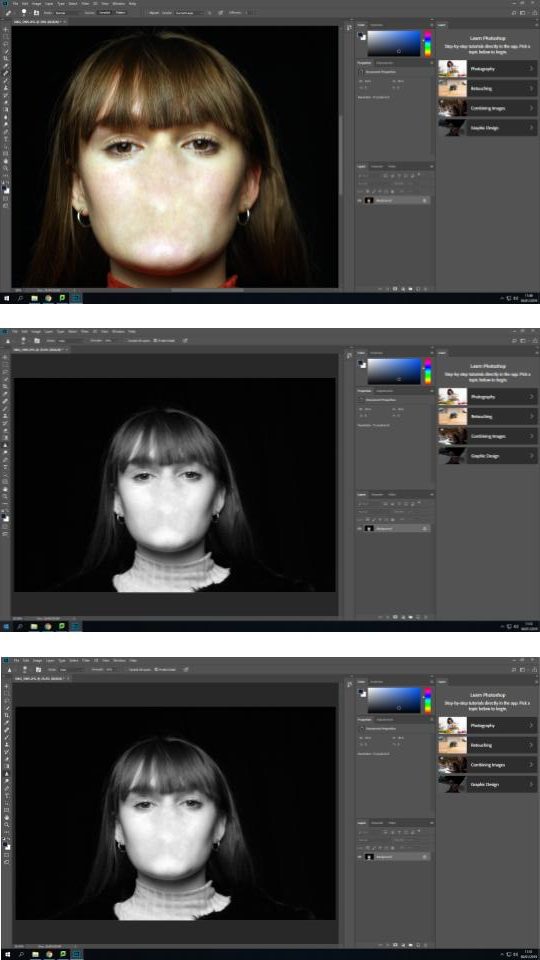
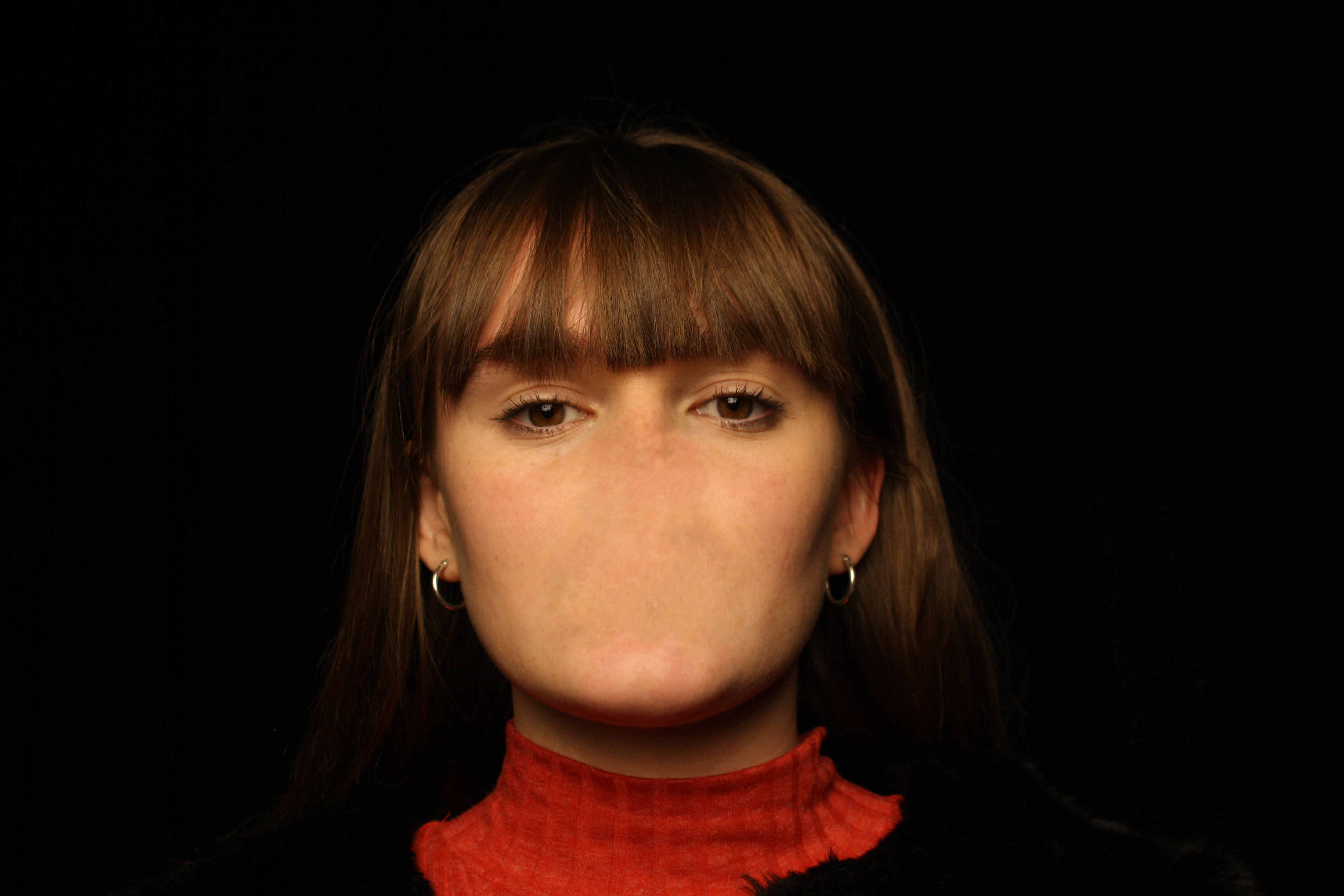
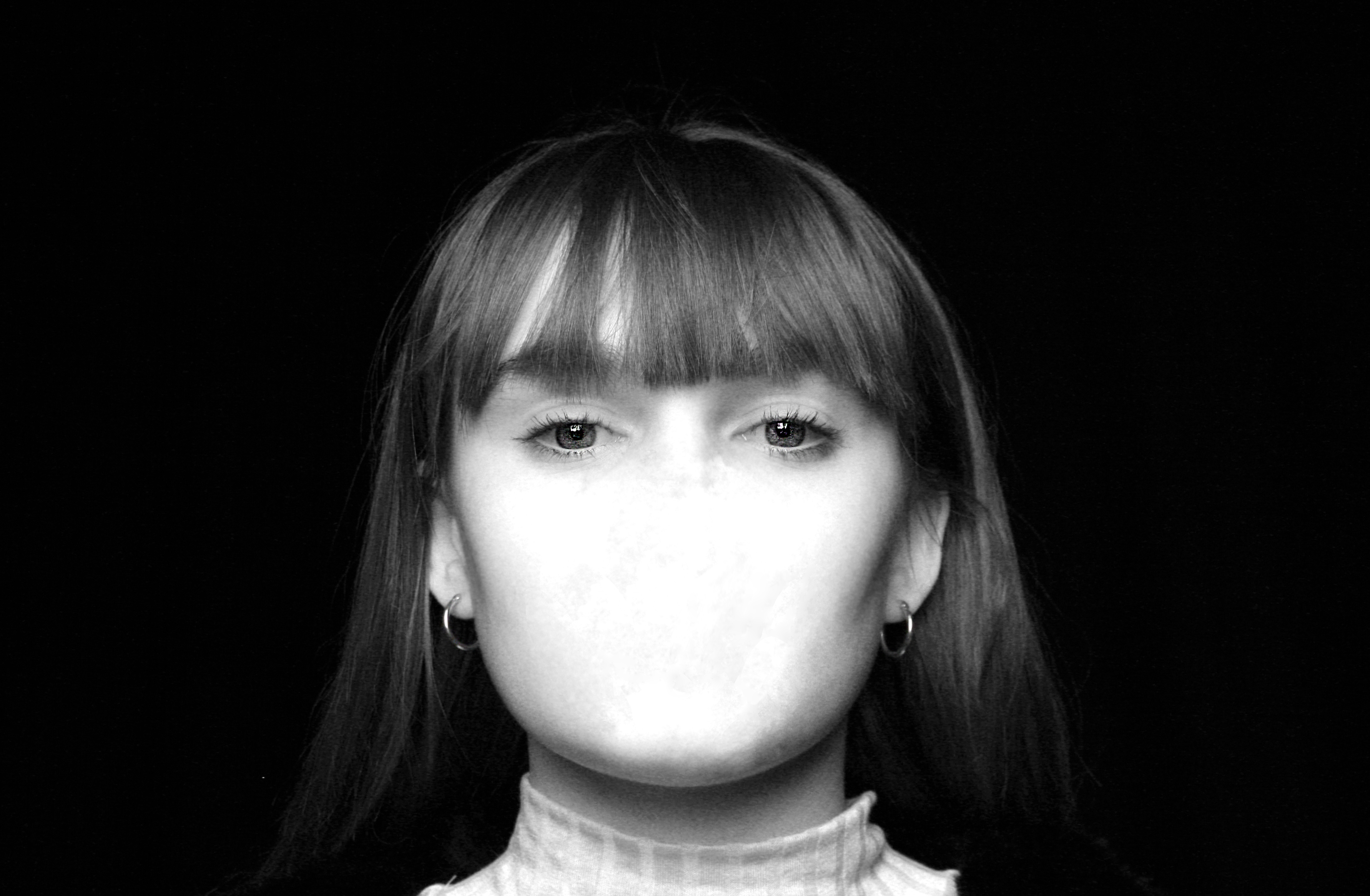
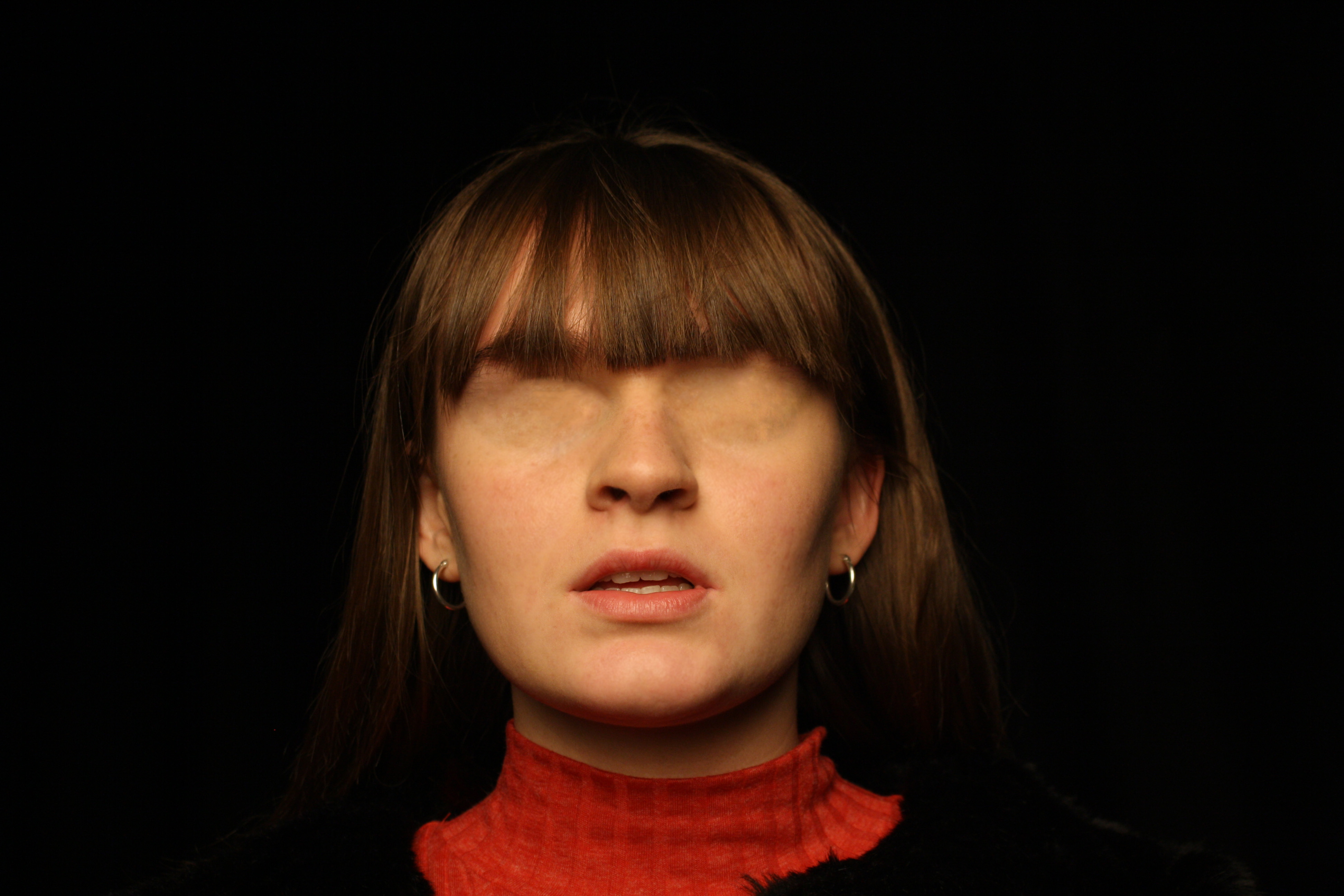
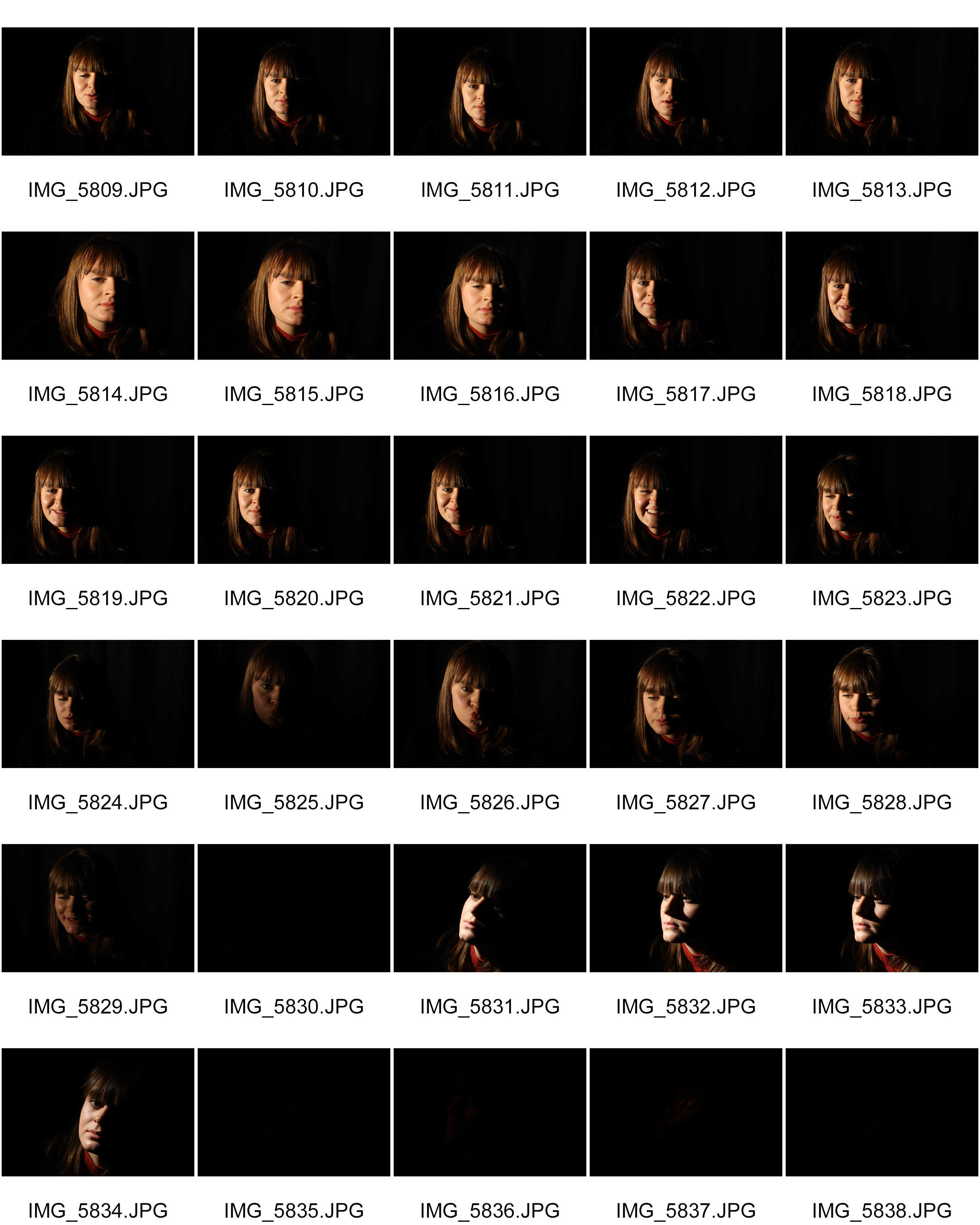
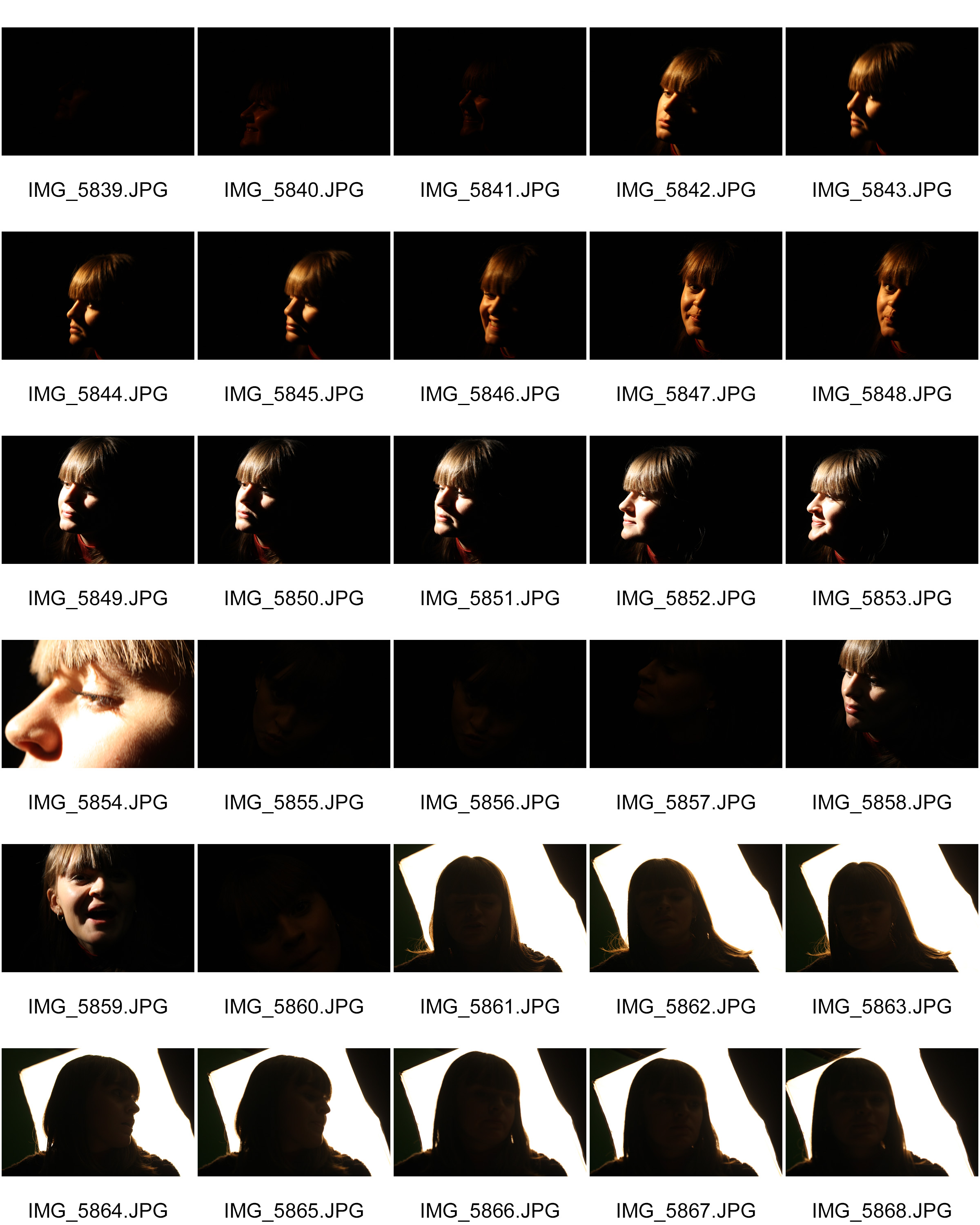
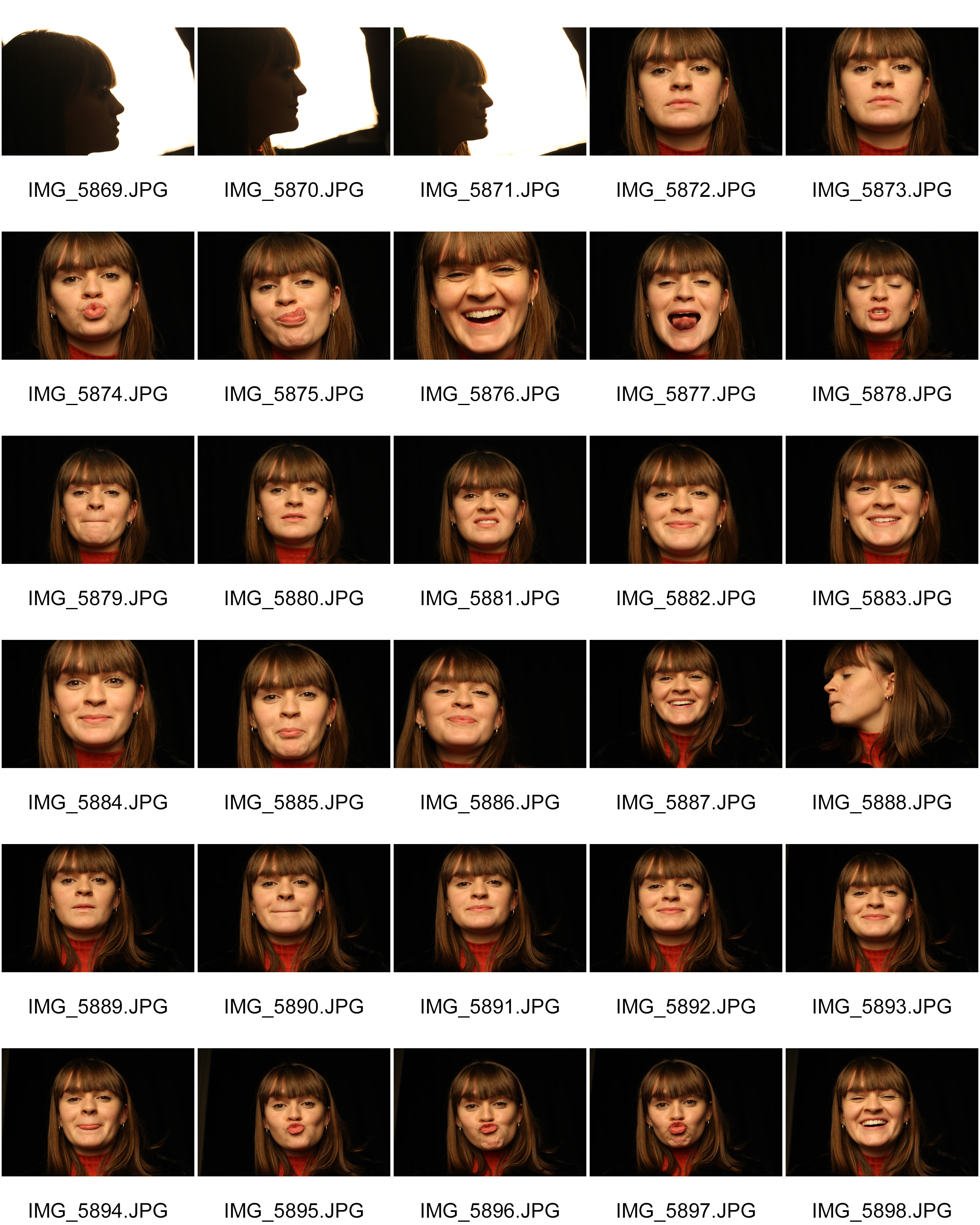
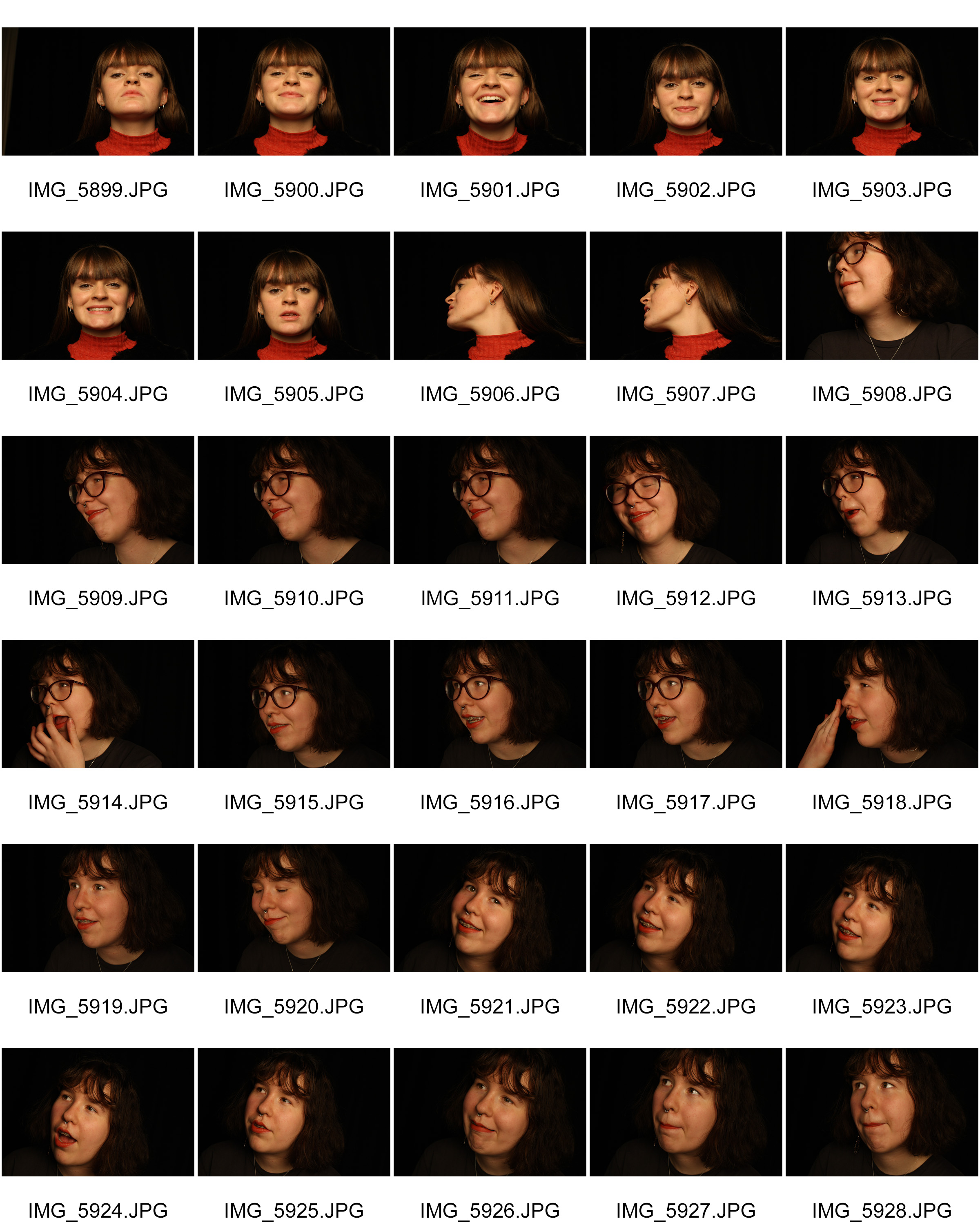
 Best Images:
Best Images:

